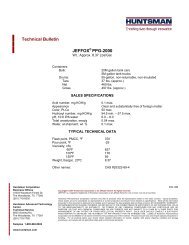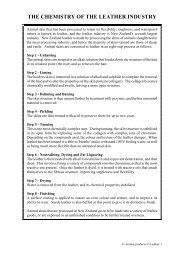Create successful ePaper yourself
Turn your PDF publications into a flip-book with our unique Google optimized e-Paper software.
PEOPLEWATCHING<br />
Schematic Gestures usually arise as a sort of gestural shorthand<br />
because of the need <strong>to</strong> perform an imitation quickly and on<br />
many occasions. Just as, in ordinary speech, we reduce the word<br />
'cannot' <strong>to</strong> 'can't', so an elaborate miming of a charging bull<br />
becomes reduced simply <strong>to</strong> a pair of horns jabbed in the air as a<br />
pair of fingers.<br />
When one element of a mime is selected and retained in this<br />
way, and the other elements are reduced or omitted, the gesture<br />
may still be easy <strong>to</strong> understand when seen for the first time, but<br />
the stylization may go so far that it becomes meaningless <strong>to</strong> those<br />
not 'in the know'. <strong>The</strong> Schematic Gesture then becomes a local<br />
tradition with a limited geographical range. If the original mime<br />
was complex and involved several distinctive features, different<br />
localities may select different key features for their abridged versions.<br />
Once these different forms of shorthand have become fully<br />
established in each region, then the people who use them will<br />
become less and less likely <strong>to</strong> recognize the foreign forms. <strong>The</strong><br />
local gesture becomes 'the' gesture, and there quickly develops,<br />
in gesture communication, a situation similar <strong>to</strong> that found in<br />
linguistics. Just as each region has its own verbal language, so it<br />
also has its own set of Schematic Gestures.<br />
To give an example: the American Indian sign for a horse consists<br />
of a gesture in which two fingers of one hand 'sit astride' the<br />
fingers of the other hand. A Cistercian monk would instead<br />
signal 'horse' by lowering his head slightly and pulling at an<br />
imaginary tuft of hair on his forehead. An Englishman would<br />
probably crouch down like a jockey and pull at imaginary reins.<br />
<strong>The</strong> Englishman's version, being closer <strong>to</strong> a Vacuum Mimic Gesture,<br />
might be unders<strong>to</strong>od by the other two, but their gestures,<br />
being highly schematic, might well prove incomprehensible <strong>to</strong><br />
anyone outside their groups.<br />
Some objects, however, have one special feature that is so<br />
strongly characteristic of them that, even with Schematic Gestures,<br />
there is little doubt about what is being portrayed. <strong>The</strong><br />
bull, mentioned above, is a good example of this. Cattle are<br />
nearly always indicated by their horns alone, and the two horns<br />
are always represented by two digits. In fact, if an American<br />
Indian, a Hindu dancer, and an Australian Aborigine met, they<br />
30<br />
GESTURES<br />
Because Schematic Gestures select one special feature of the thing <strong>to</strong> be<br />
portayed and present this in a stylized way, they are not always clear <strong>to</strong><br />
strangers who are ignorant of local gesture conventions. Some objects,<br />
however, have one feature so obvious that it is nearly always chosen.<br />
Thus cattle are represented schematically as a pair of horns in cultures<br />
as widely separated as those of the Australian Aborigine and Hindu<br />
dancer and the North American Indian.<br />
would all understand one another's cattle signs, and we would<br />
understand all three of them. This does not mean that the signs<br />
are all identical. <strong>The</strong> American Indian's cattle sign would represent<br />
the bison, and the horns of bison do not curve forward like<br />
those of domestic cattle, but inward, <strong>to</strong>wards each other. <strong>The</strong><br />
American Indian's sign reflects this, his hands being held <strong>to</strong> his<br />
temples and his forefingers being pointed inward. <strong>The</strong> Australian<br />
Aborigine instead points his forefingers forward. <strong>The</strong> Hindu<br />
31


![Desmond Morris - 2002 - Peoplewatching - The Desmond Morris Guide to Body Language (poor quality-double page)(290p) [Inua]](https://img.yumpu.com/54998318/26/500x640/desmond-morris-2002-peoplewatching-the-desmond-morris-guide-to-body-language-poor-quality-double-page290p-inua.jpg)

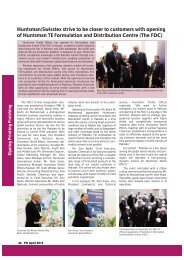

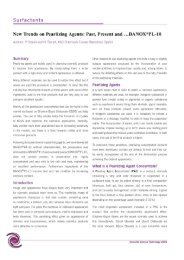

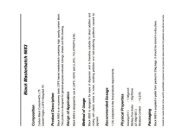


![[Ulwick_A.W.]_Business_Strategy_Formulation_Theor(BookZZ.org)](https://img.yumpu.com/56355932/1/190x240/ulwick-aw-business-strategy-formulation-theorbookzzorg.jpg?quality=85)

